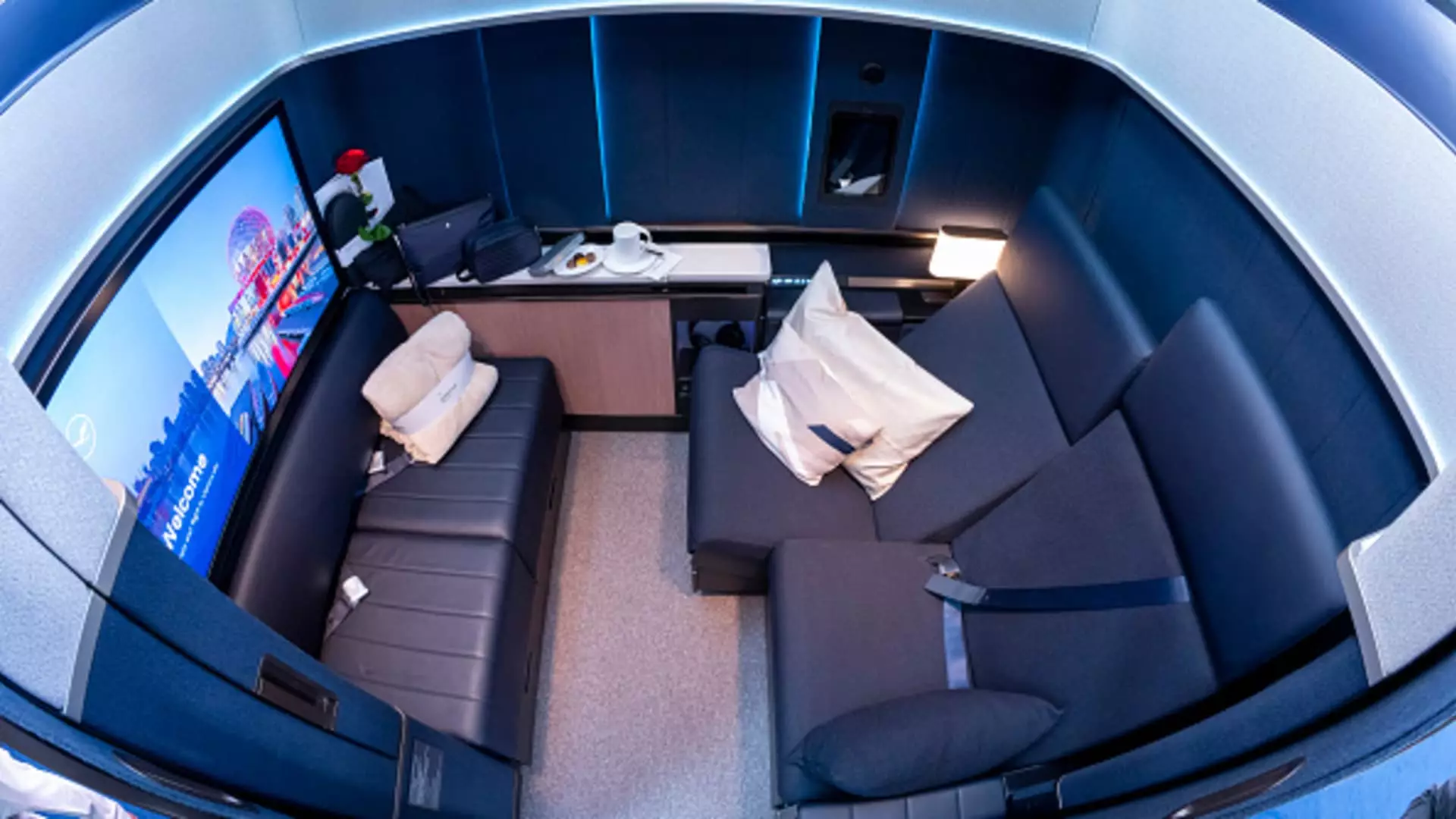Air travel is continuously evolving, marked by advancements in passenger comfort and luxury. Airlines are fiercely competing to elevate the travel experience, particularly in premium classes. Features such as heated seats, high-definition screens, loungers that convert into beds, and privacy doors have become markers of a luxurious flying experience. However, these innovations come with their own set of complications, particularly concerning certification processes and supply chain delays, resulting in significant operational setbacks for manufacturers like Boeing and Airbus.
Boeing’s CEO, Kelly Ortberg, highlighted at a recent industry conference the challenges posed by modern cabin configurations, specifically in the 787 Dreamliner aircraft. While airlines are keen to offer the latest luxury features, the certification process for these innovations can be lengthy and cumbersome. For many new seating designs, approval hinges not just on the comfort of the seat itself, but on the intricate systems surrounding them—such as cabinets and privacy doors. Air travel safety regulations mandate stringent checks for these components, causing further delays in delivery schedules.
Similar sentiments were echoed by Airbus CEO, Guillaume Faury, who noted that delays are occurring across the industry, hindering not only seat installations but also essential cabin structures like galleys and storage facilities. These delays translate into financial repercussions for both manufacturers and airlines, as the payment structure typically requires a significant outlay upon delivery rather than the order date.
The landscape of airline manufacturing is fraught with challenges. The aftermath of the COVID-19 pandemic has exacerbated existing strain on supply chains, which have struggled to recover. This situation is worsened by staffing issues at the Federal Aviation Administration (FAA), where the recent layoffs have raised concerns about potential slowdowns in the certification of new aircraft parts. The intricate dance between meeting consumer demand for luxurious flying experiences and navigating regulatory hurdles has reached a critical point.
Weight considerations also complicate matters significantly. Aviation is an industry where minimizing weight can lead to substantial operational savings in fuel costs. As airlines advance their comfort offerings, manufacturers must ensure that every addition not only meets quality standards but also adheres to strict weight restrictions. Recaro, a leading seat manufacturer, emphasizes the importance of balancing weight with aesthetic value, providing seats that are both pleasing to the eye and efficient.
The business motivations behind these premium offerings cannot be understated. As airlines jostle for a share of the lucrative premium travel market, the financial stakes of introducing enhanced luxury features are substantial. For instance, Delta Air Lines offers a staggering price difference between their economy seats and Delta One offerings—a fact that illustrates how critical these first-class upgrades are to their overall profitability.
Such pricing indicators spotlight the transition in airline revenue streams. In contrast to a decade ago when main cabin revenues accounted for the majority of ticket sales, airlines today are finding that a growing portion of their income comes from premium services, with diminutive cabins yielding substantial profits. This is an urgent call for airlines to modernize their offerings quickly, lest they lose competitive ground.
Airlines across the globe have committed to upgrading their fleets in response to consumer preferences for modern and luxurious interiors. Carriers like Lufthansa, Qantas, and American Airlines are all invested in enhancing their cabins. For instance, American Airlines has recently secured regulatory approval for new seating in wide-body aircraft—a long-awaited development after months of delays. However, even with new designs approved, logistical challenges remain, making it clear that the path to luxury is fraught with obstacles.
Despite the pressures of modernization, customer expectations remain high. Passengers are eager for innovative solutions that reflect evolving preferences shaped by experiences and consumer needs. In many ways, this has driven airlines not just to meet standards but to exceed them, aiming for the pinnacle of comfort and convenience.
The desire for a more luxurious flying experience is reshaping the aviation industry, but achieving such aims requires navigating a complex landscape of regulatory approvals, design complications, and supply chain constraints. As airlines continue to innovate in their offerings, the need for dexterous maneuvering through this labyrinth becomes even more critical. While delays currently mar the progress toward elevated cabin experiences, the ambition to redefine air travel comfort seems unwavering—and as the industry adapts, so too must expectations evolve to meet the demands of the 21st-century traveler.

